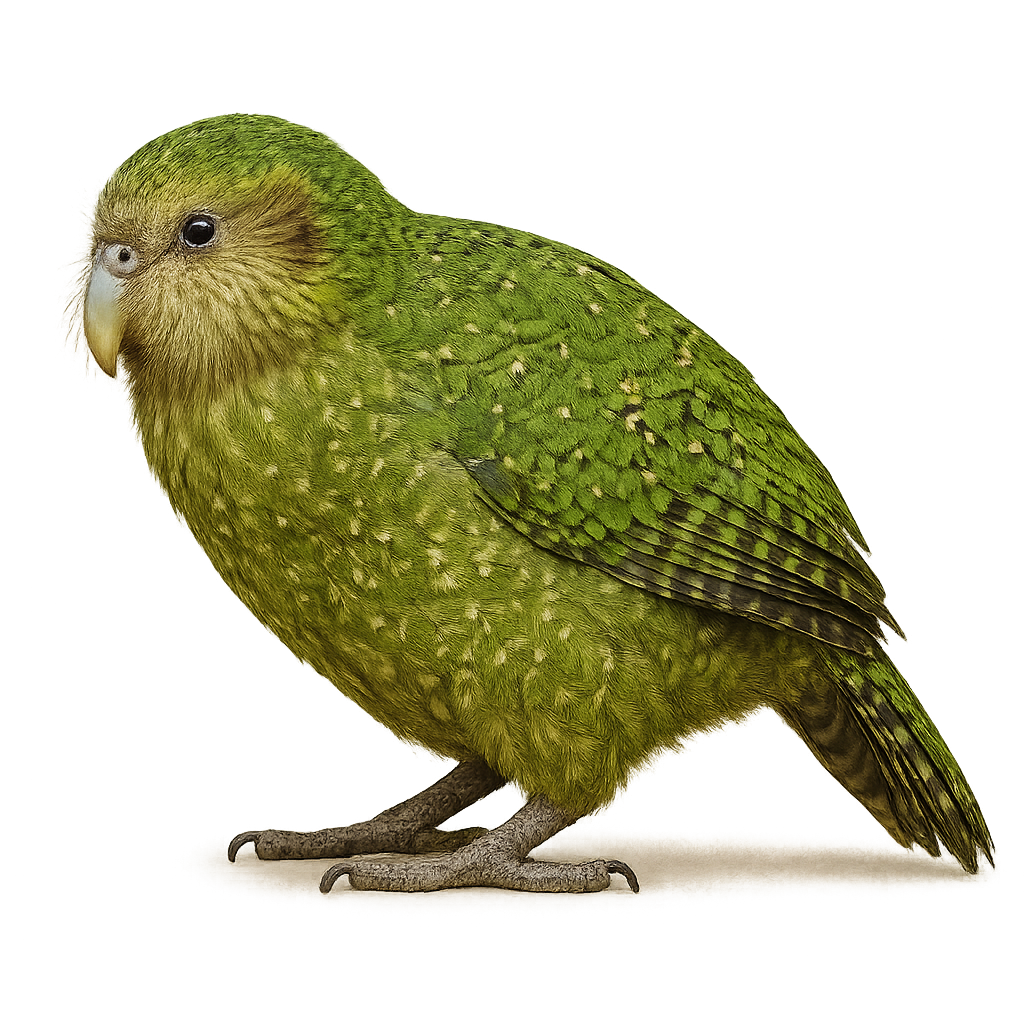Your wildlife photography guide.
Explore the kakapo in detail, study its behavior, prepare your shots.
Where to observe and photograph the kakapo in the wild
Learn where and when to spot the kakapo in the wild, how to identify the species based on distinctive features, and what natural environments it inhabits. The WildlifePhotographer app offers tailored photography tips that reflect the kakapo’s behavior, helping you capture better wildlife images. Explore the full species profile for key information including description, habitat, active periods, and approach techniques.
Kakapo
Scientific name: Strigops habroptilus

IUCN Status: Critically Endangered
Family: STRIGOPIDAE
Group: Birds
Sensitivity to human approach: Shy
Minimum approach distance: 10 m
Courtship display: December to February
Incubation: 27-30 jours
Hatchings: December to March
Habitat:
Tropical forests, woodlands, and islands of New Zealand, mainly in mountainous and wet forest environments
Activity period :
Mainly active at night, generally discreet during the day.
Identification and description:
The Kakapo is a nocturnal and terrestrial parrot, easily recognizable by its moss-green plumage and large wings, although this bird cannot fly. It measures about 60 cm in length and weighs between 2 and 4 kg, making it the heaviest parrot. Its plumage is mainly green, with yellow and brown hues that help it blend into its natural environment. The Kakapo is found exclusively in New Zealand, where it prefers dense forests and mountainous areas. It is herbivorous and feeds on plants, fruits, seeds, and roots. Due to its inability to fly, it has developed excellent climbing skills and primarily moves by walking. The species has been severely threatened over the centuries by predation from introduced mammals and habitat loss. Today, the Kakapo is an extremely rare and critically endangered bird, with intense conservation efforts focused on protecting the remaining individuals.
Recommended lens:
70-200 mm – adjust based on distance, desired framing (portrait or habitat), and approach conditions.
Photography tips:
Photographing the kakapo requires great patience due to its nocturnal activity. Use a macro lens to capture the details of this fascinating nocturnal bird, particularly its eyes and plumage. You will have the best chances of photographing this rare bird at dusk or during the night.
Be discreet and maintain a safe distance, as the kakapo is highly vulnerable to human disturbance.
The WildlifePhotographer App is coming soon!
Be the first to explore the best nature spots, track rutting seasons, log your observations, and observe more wildlife.
Already 1 431 wildlife lovers subscribed worldwide

